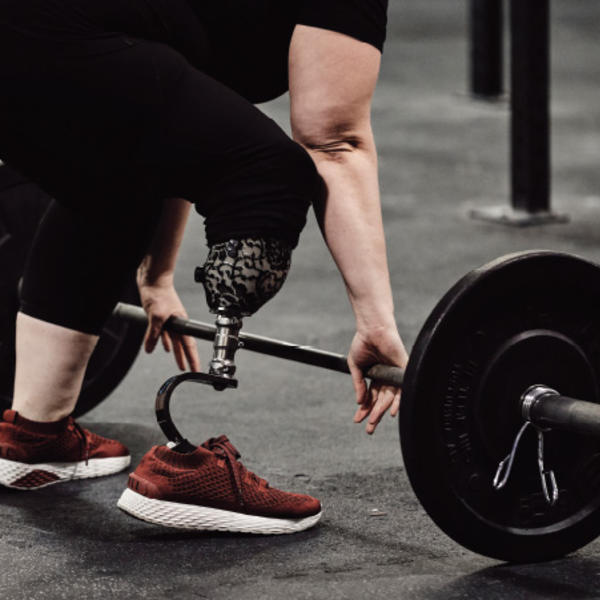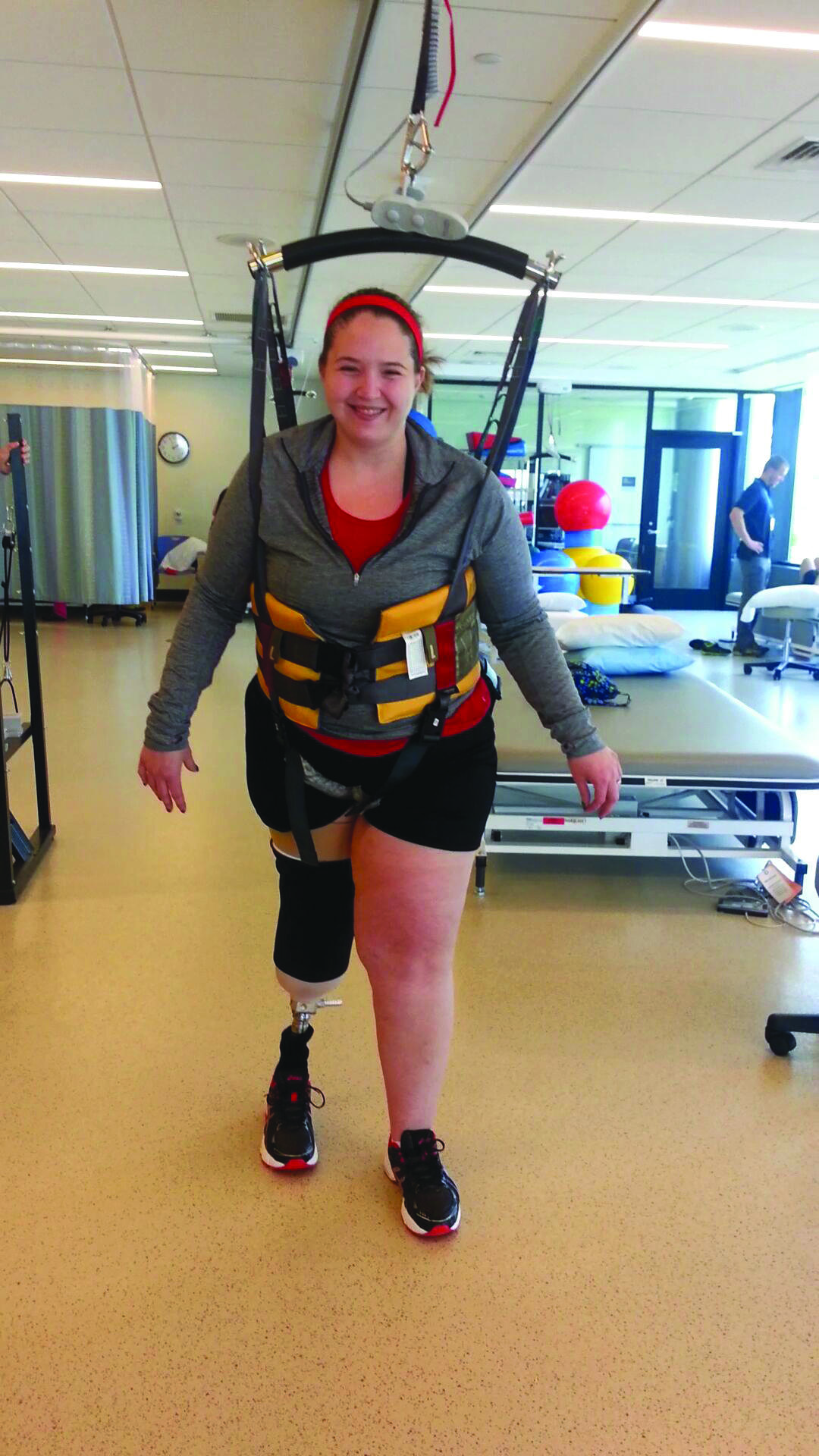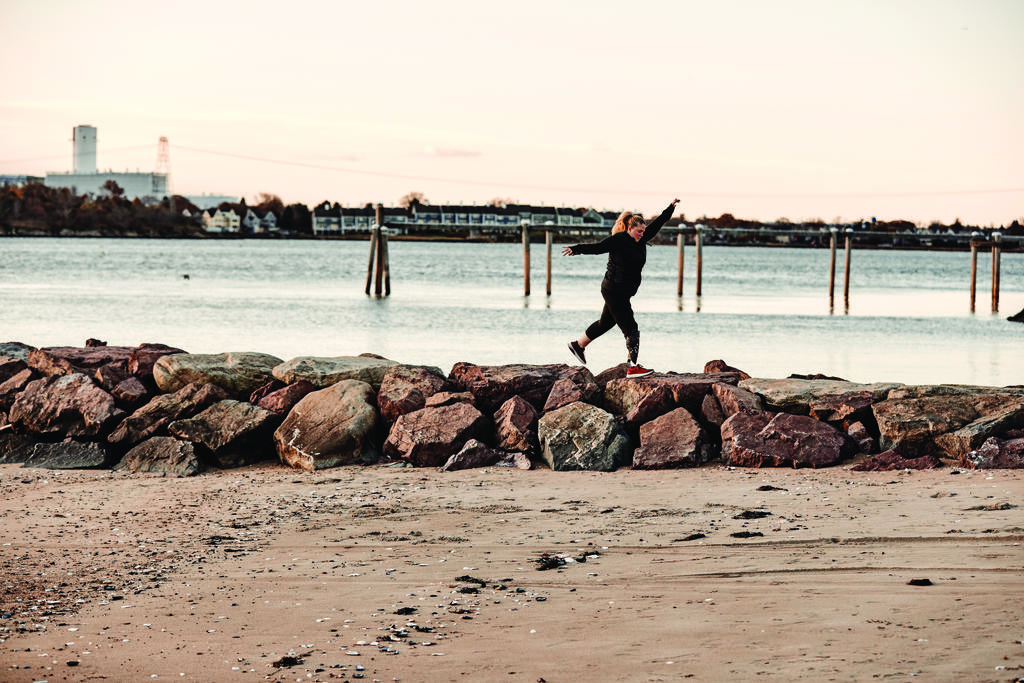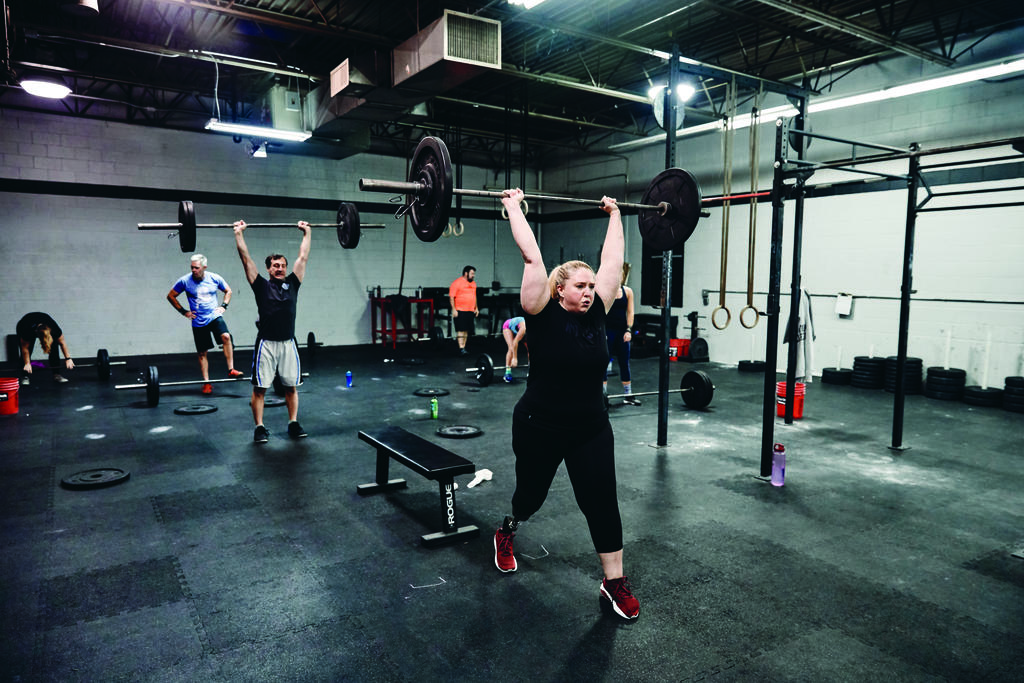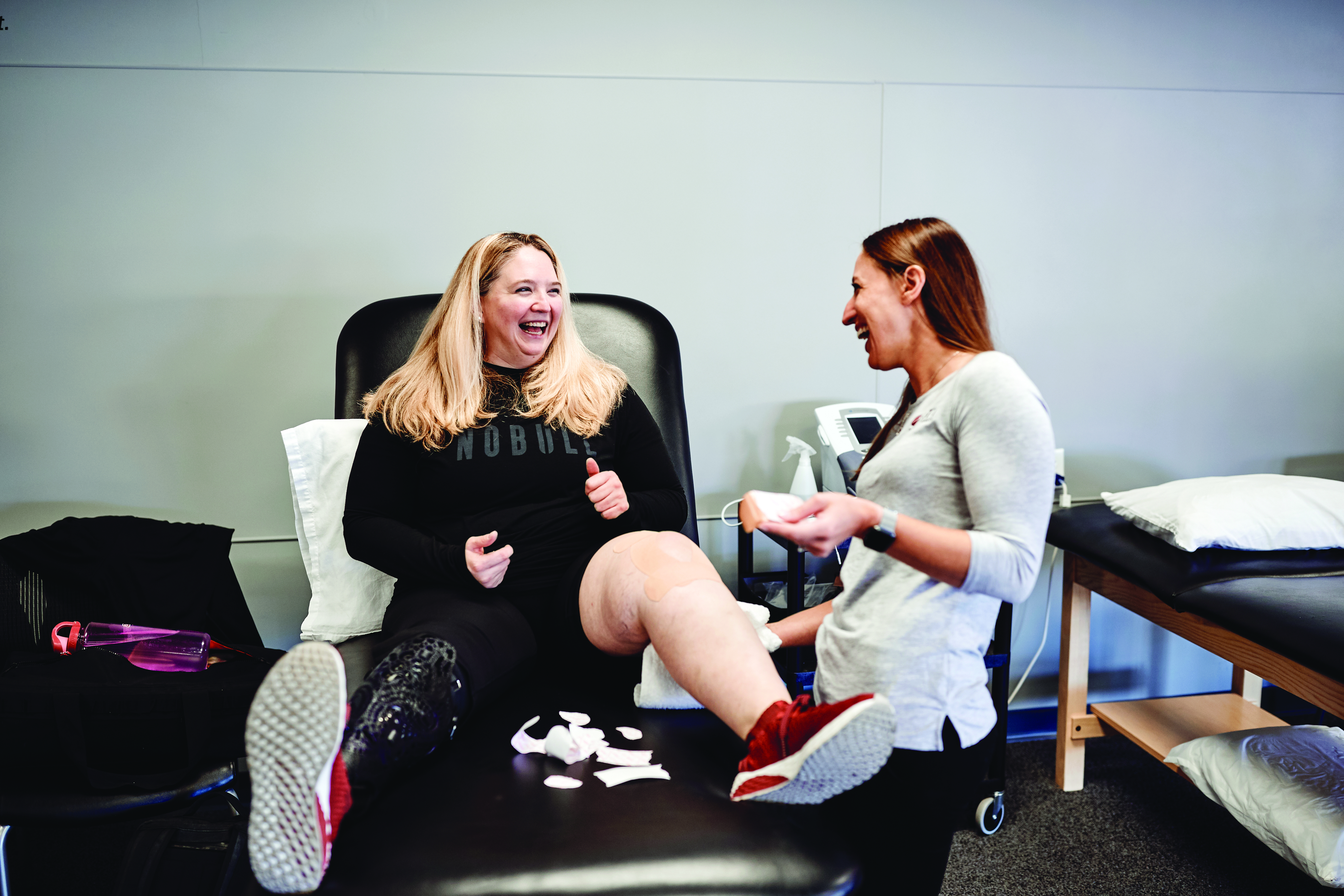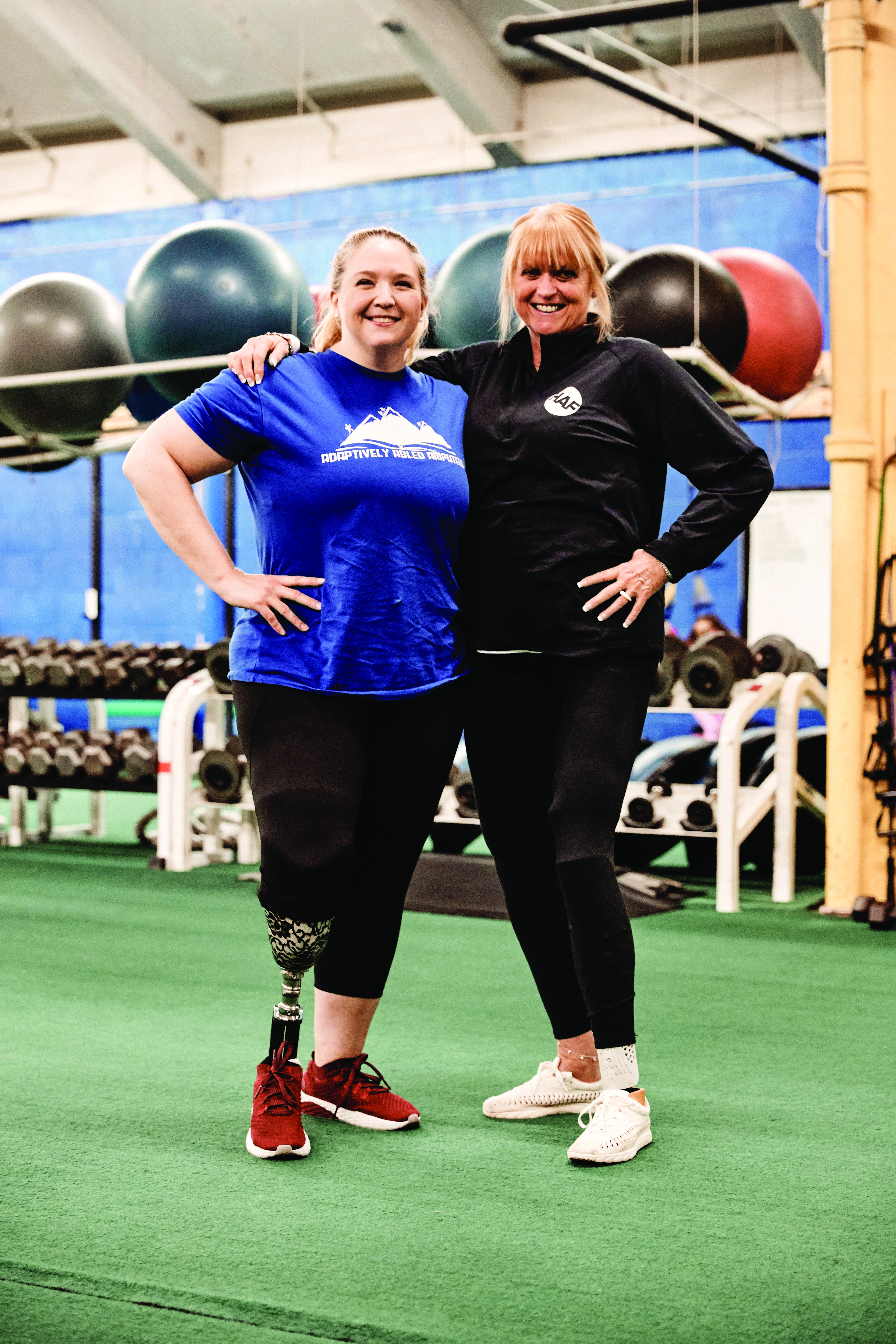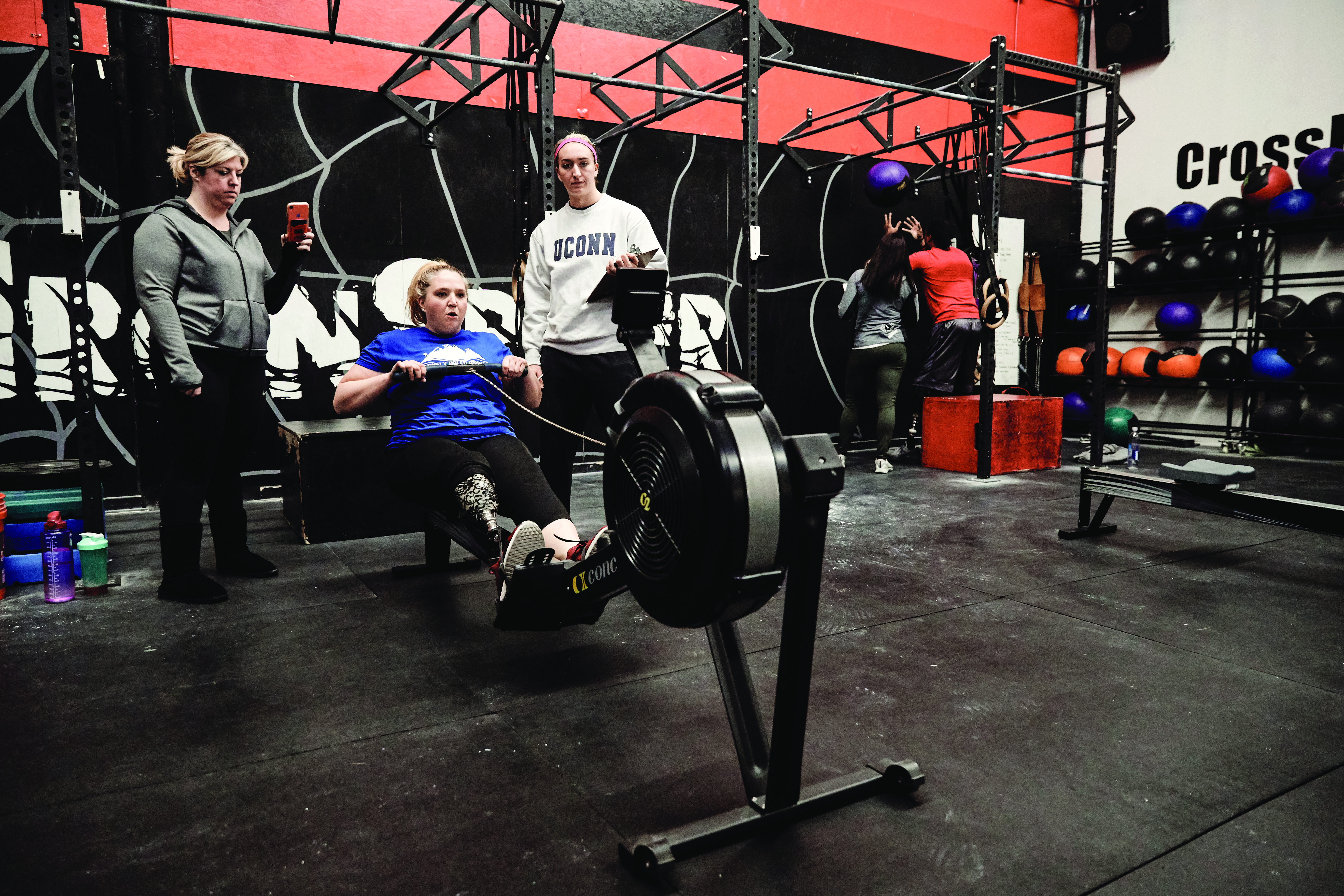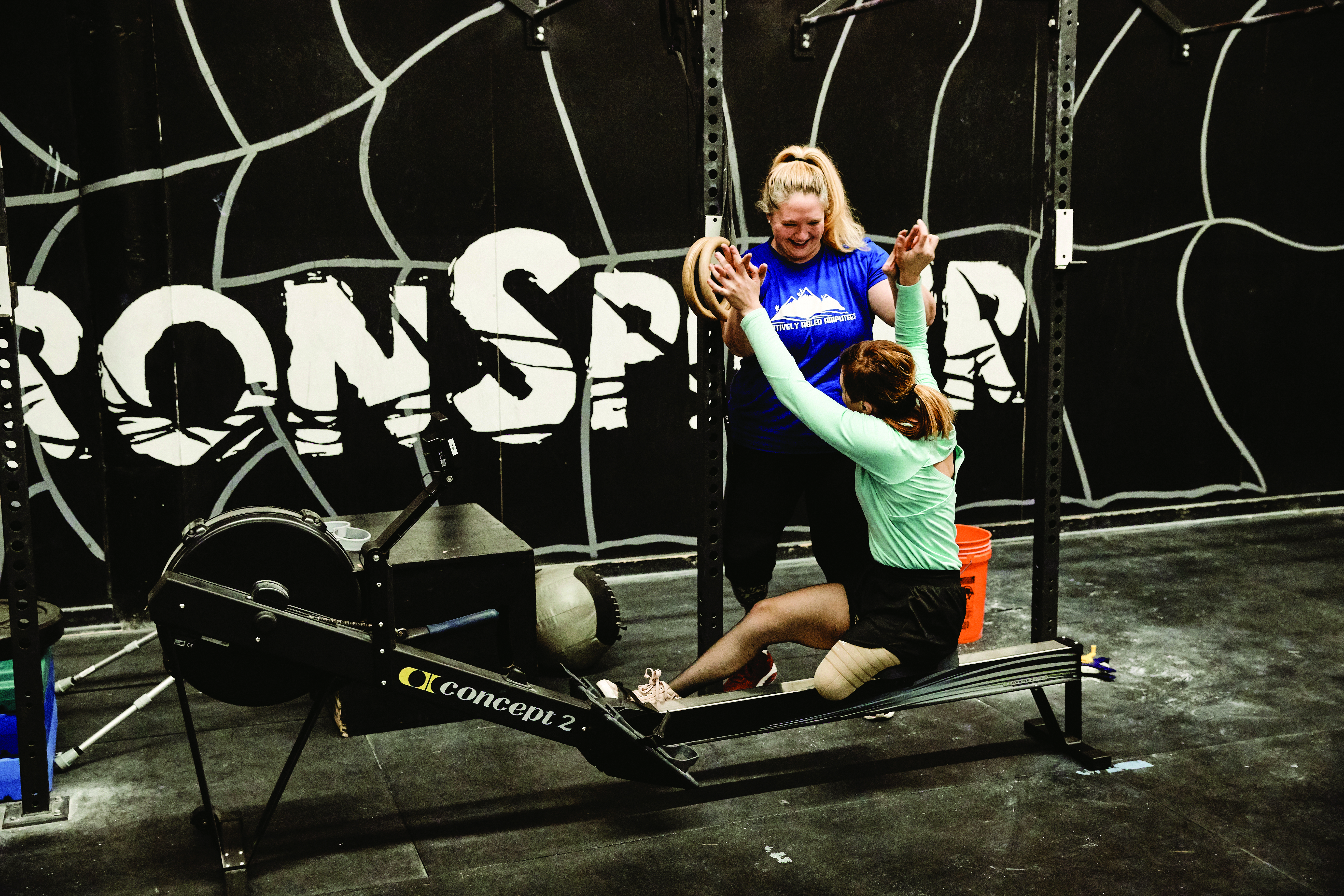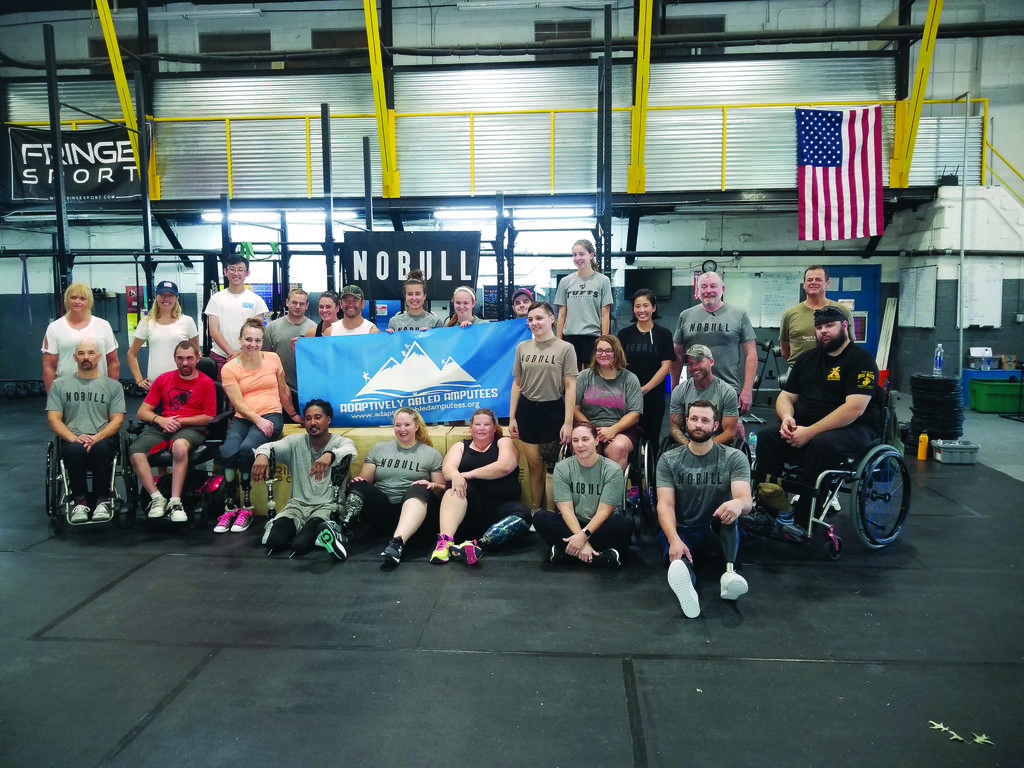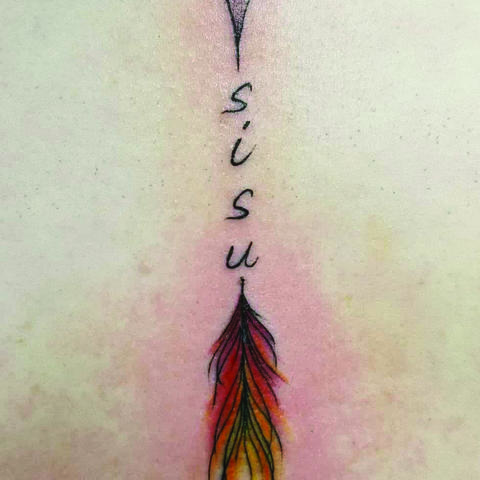Melissa (Pierre) DeChellis ’02 needed an ambulance.
Instead, she was bouncing around in the back of a pickup truck, on a winding mountain road on the Caribbean island of Dominica. That morning, she had woken up with pain and swelling in her right leg and, instead of going to her classes at Ross University School of Medicine as planned, she needed immediate medical attention. It turned out to be a blood clot, in the same leg that had endured a congenital clubfoot throughout her childhood and 15 reconstructive surgeries throughout her late teens and 20s.
“It was a great American medical school, but you [still] don’t want to become sick when you’re on a remote island,” DeChellis says. “They took me to an adobe hut of a hospital, where I became infected with parasites. They needed to MedFlight me to Puerto Rico.”
In Puerto Rico, DeChellis used the medical Spanish she learned during an immersion and medical service trip to Guatemala years before, advocating for her care in her second language. Meanwhile, she was trying to get in touch with a vascular surgeon at Brigham and Women’s Hospital in Boston for whom she had worked in a research job. With the surgeon’s help, DeChellis was able to arrange a MedFlight home to Boston, so doctors at Brigham and Women’s could treat her leg.
“I was not sure I would make it off either of the islands,” DeChellis says, thinking back on the November 2007 ordeal. “At first, they tried multiple procedures to save the leg, but several years later in late 2012, my leg was completely compromised, and I had a really difficult decision to make: salvage what was left of my leg or amputate it. I was facing several surgeries and probably a lifetime of intolerable, chronic pain. Having been in chronic pain before, from all the reconstructive surgeries and years of immobility that followed, it was a difficult decision, but probably one of the clearest and best decisions of my life. Not many people have the opportunity to hit a reset button — and making the decision to electively amputate my leg was my reset button.”
362 steps
It might seem unusual for someone to think of amputation as a way to regain mobility, rather than lose it, but for DeChellis, it’s equal parts a positive outlook on a tough situation and the cold truth. Her right leg had been causing her pain since birth, first with the congenital clubfoot and then after a devastating sliding injury that broke her foot and ankle during a high school softball game.
DeChellis still remembers there were exactly 362 steps from her freshman dorm at the top of campus, Hanselman Hall, down to Kimball Dining Hall. Many a Holy Cross student has bemoaned the steep descent to Kimball — especially during Worcester’s icy winters — but it was different for DeChellis. She spent the majority of her college years with her right leg in a cast and used crutches to get around — a feat on any campus, but especially arduous on the legendary hills of Mount St. James. She jokes she now uses those well-developed arms in CrossFit workouts, but it was a challenging time.
“It made me think twice about those three meals a day,” she says of the distance from Hanselman to Kimball. “And during the winter months, I was a frequent flyer with the Holy Cross public safety officers, who would drive me to class: me and my backpack full of heavy science books.”
